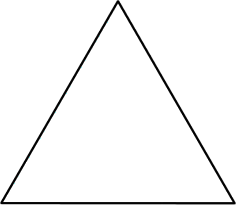12 NOV 2015 by ideonexus
 Attributes of Domesticated Animals
Attributes of Domesticated Animals
The study of domesticated animals since Darwin’s influential
work (1868) has culminated in the formation
of a set of changes that are claimed to distinguish domestic
populations from wild species (for recent outlines
of these see Price 1984, 1999; Hemmer 1990; Tchernov
and Horwitz 1991; Hall 1993; Teichert 1993; Smith 1995;
Zohary, Tchernov, and Horwitz 1998; Clutton-Brock
1999; Trut 1999). Although not uniformly present in all
domesticated species, those affecting the skeleton may
include ...Folksonomies: evolution domestication
Folksonomies: evolution domestication
18 FEB 2015 by ideonexus
 Human Self-Domestication
Human Self-Domestication
...the hypothesis of human self-domestication has recently been revived as a possible explanation of changes of human physical traits since the late Pleistocene. These changes include the reduction of body size and decrease in skeletal robusticity, modifications in cranial and dental features including reduction in cranial capacity, shortening of the facial region of the skull and maleruption of teeth, and reduction in sexual dimorphism. In contrast to earlier biological writings, other domes...21 SEP 2011 by ideonexus
 The Laetoli Footprints
The Laetoli Footprints
team of paleoanthropologists led by Mary Leakey confirmed the
bipedality of A. afarensis with another remarkable find in Tanzania: the
famous “Laetoli footprints.” In 1976, Andrew Hill and another member
of the team were taking a break by indulging in a favorite field pastime:
pelting each other with chunks of dried elephant dung. Looking for
ammunition in a dry stream bed, Hill stumbled upon a line of fossilized
footprints. After careful excavation, the footprints turned out to be an
...Not only do these prints demonstrate A. afarensis could walk upright, but the nature of their preservation, having been made in volcanic ash and their proximity to one another, paints a image of two ancestors huddling together in an ashen landscape.
04 MAY 2011 by ideonexus
 Brain Differences Between the Genders
Brain Differences Between the Genders
There are three reasons to expect evolution to have produced different mentalities in men and women. The first is that men and women are mammals, and all mammals show sexual differences in behavior. As Charles Darwin put it, "No one disputes that the bull differs in disposition from the cow, the wild boar from the sow, the stallion from the mare."' The second is that men and women are apes, and in all apes there are great rewards for males that show aggression toward other males, for males th...Some dimorphism between the sexes as a result of evolution.




